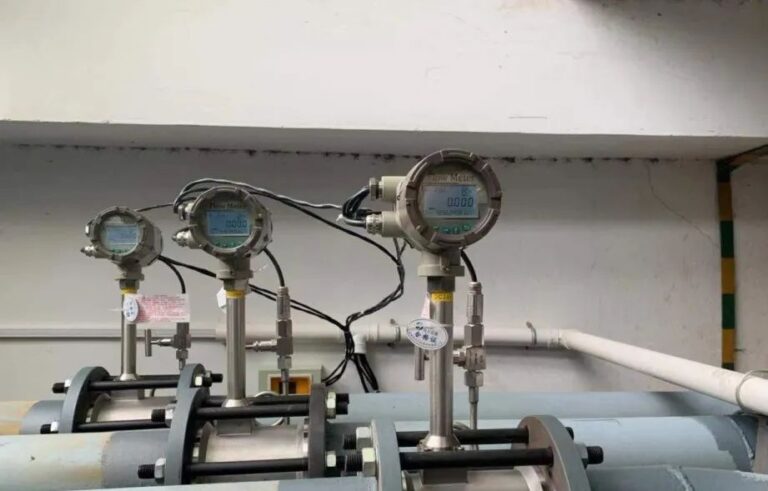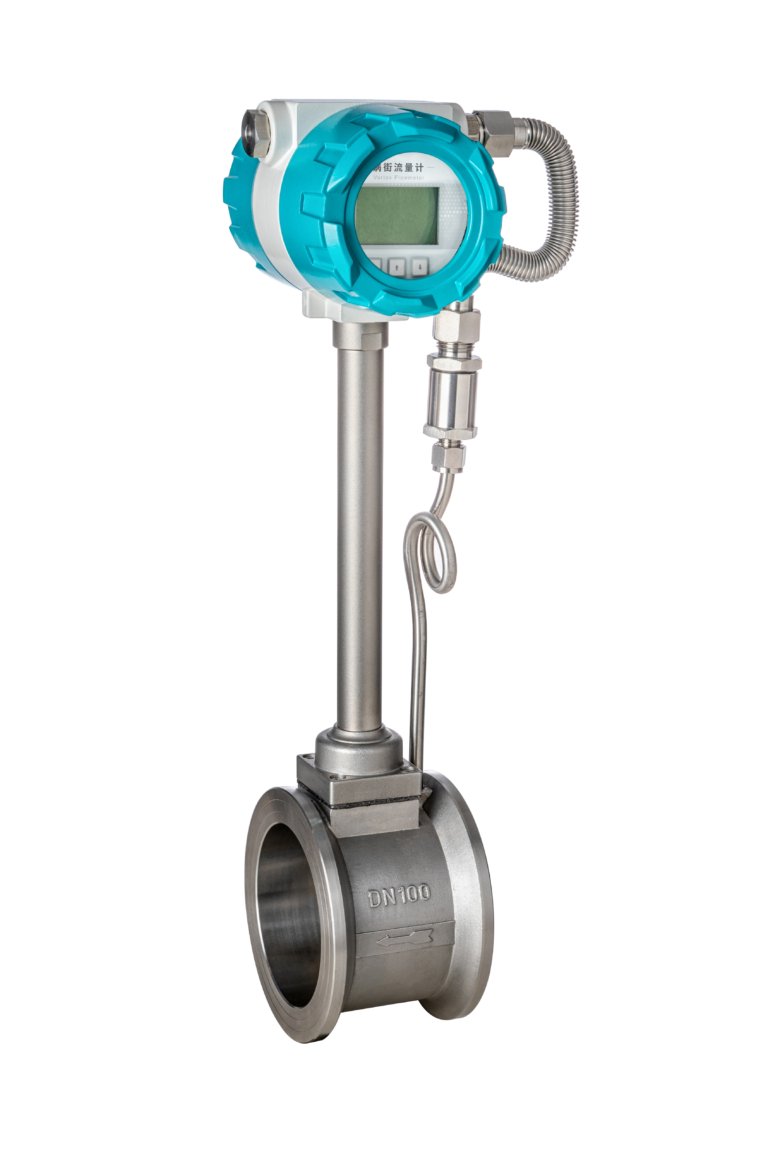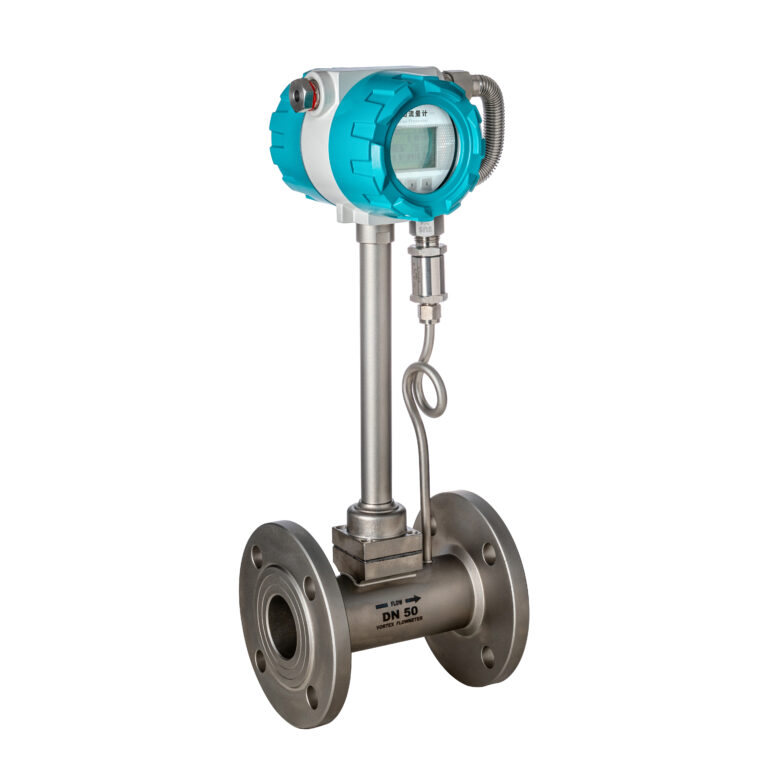Visual inspection is a crucial step in the verification process for vortex flow meters. This step ensures that the flow meter’s physical condition is suitable for accurate and reliable operation. A thorough visual inspection can help identify potential issues such as damage, wear, or improper installation, which could affect the meter’s performance. This article highlights the key requirements for visual inspection during vortex flow meter verification.
Importance of Visual Inspection
The visual inspection process serves as the first line of defense against potential problems that could compromise the accuracy and functionality of vortex flow meters. By identifying and addressing physical issues early, operators can prevent errors, minimize downtime, and ensure compliance with operational standards.
Key Requirements for Visual Inspection
1. External Condition
The external condition of the vortex flow meter should be carefully examined for any visible signs of damage or wear. This includes:
Surface Integrity: Look for dents, cracks, corrosion, or other damage to the meter body.
Protective Coating: Check for peeling, chipping, or degradation of protective coatings.
Labels and Markings: Ensure that all identification labels, serial numbers, and calibration markings are legible and intact.

2. Internal Components
Inspecting the internal components of the flow meter is essential for identifying issues that may not be immediately visible. Key checks include:
Sensor Integrity: Ensure that the vortex-shedding element is free from cracks, deformation, or obstruction.
Seals and Gaskets: Verify that seals and gaskets are in good condition and not showing signs of wear or leakage.
Flow Path: Check for any debris, blockages, or buildup within the flow path that could interfere with accurate measurement.
3. Connections and Fittings
Proper installation and secure connections are critical for accurate flow measurement. Inspect:
Flanges and Bolts: Ensure that all bolts are tightened properly and that flanges are free from damage or misalignment.
Welds and Joints: Examine welds and joints for cracks, leaks, or signs of stress.
Electrical Connections: Verify that wiring is properly connected, secure, and free from fraying or corrosion.
4. Alignment and Orientation
The flow meter’s alignment and orientation should comply with the manufacturer’s specifications. This includes:
Installation Angle: Confirm that the meter is installed at the correct angle relative to the flow direction.
Upstream and Downstream Piping: Check for adequate straight pipe lengths upstream and downstream of the meter to ensure proper flow conditions.
5. Environmental Factors
The surrounding environment can impact the performance and longevity of the vortex flow meter. Visual inspection should include:
Temperature and Humidity: Ensure that the meter is not exposed to conditions outside its specified operating range.
Vibration and Stress: Check for signs of excessive vibration or mechanical stress that could affect performance.
External Contaminants: Look for dust, dirt, or moisture that may interfere with the meter’s operation.

6. Compliance with Standards
During visual inspection, verify that the vortex flow meter complies with industry standards and regulations, such as:
Manufacturer Guidelines: Ensure all aspects of the meter meet the manufacturer’s specifications.
Safety Standards: Confirm that the meter adheres to safety requirements for the specific application and environment.
Calibration Certificates: Check that the calibration certificate is up to date and matches the meter’s specifications.
Best Practices for Visual Inspection
To maximize the effectiveness of the visual inspection process, consider the following best practices:
Use Inspection Tools: Employ tools such as flashlights, magnifying glasses, or borescopes to inspect hard-to-reach areas.
Follow Checklists: Use a standardized checklist to ensure no critical aspect is overlooked during the inspection.
Document Findings: Record all observations, including photographs of any damage or irregularities, for traceability and future reference.
Train Personnel: Ensure that inspection personnel are trained in recognizing common issues and understanding manufacturer guidelines.
Schedule Regular Inspections: Perform visual inspections as part of routine maintenance to identify and address issues proactively.

Conclusion
Visual inspection is a fundamental part of vortex flow meter verification, providing an opportunity to identify and address physical issues before they affect performance. By adhering to the outlined requirements and best practices, organizations can ensure the reliability and accuracy of their flow meters, contributing to efficient and safe industrial operations.
